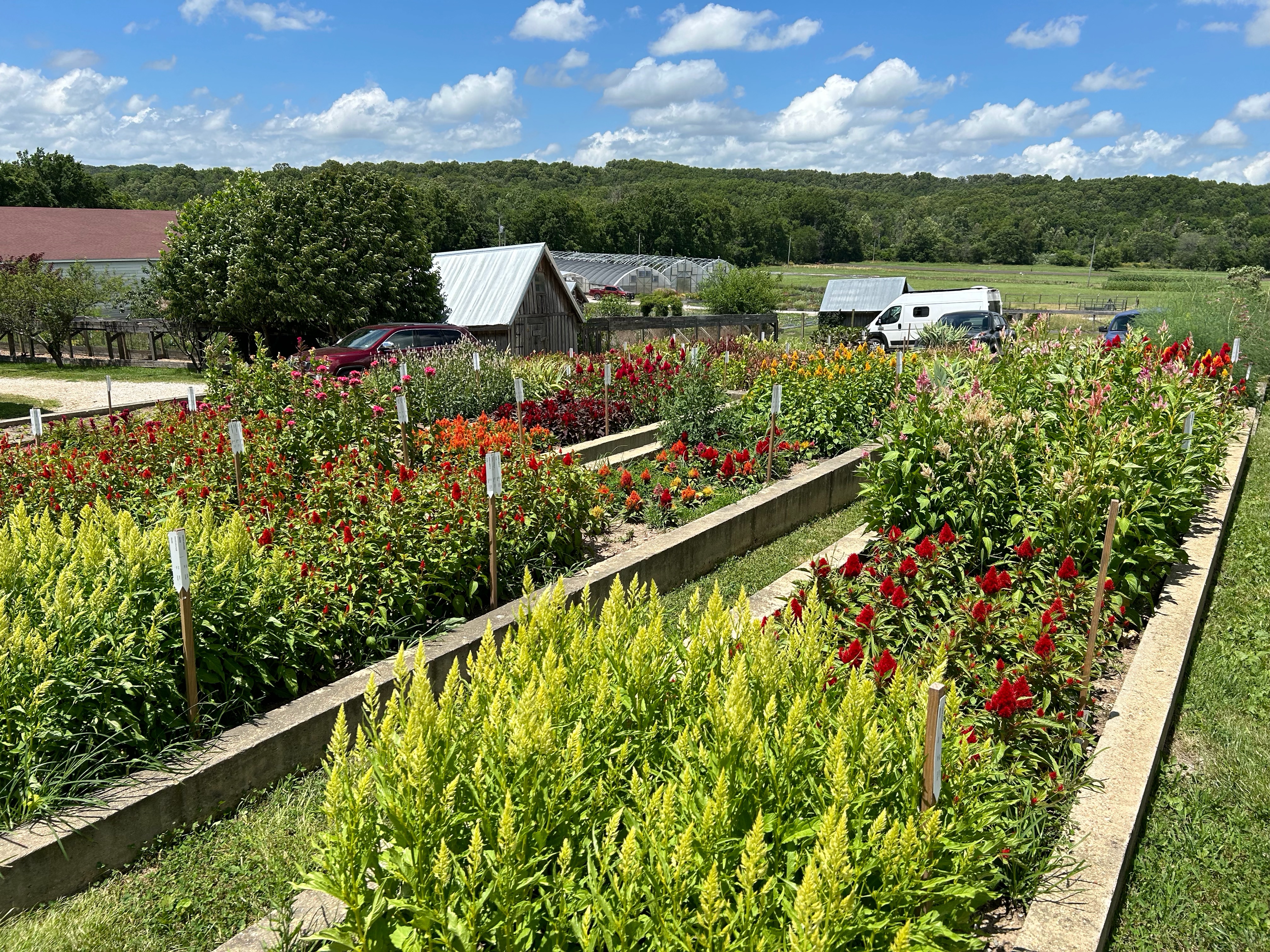On the Road Again
Contact
University of Arkansas System Division of Agriculture
Cooperative Extension Service
2301 S. University Ave.
Little Rock, AR 72204

On the Road Again
I left on one of those perfect bluebird days, heading north into the heart of the Missouri Ozarks. This will be my fourth trip west since the COVID days and my most ambitious. I will be out for three months, with Alaska my final destination. So, let’s go on a road trip.
A summertime drive in the Ozarks is a different experience than during the winter months when the leaves are off the trees. Being naturally nosy, I prefer the winter months because you can see what lies beyond the veil of green that crowds the roadways. But the green lushness of summer is beautiful too but you have to pick your spots where you can see over or through all those trees.
Driving along the ridge top roads and then swooping down into the valleys, you get a sense of the old folk saying, “it’s not that the mountains are so high, it’s just that the valleys are so deep.” I left from near Buffalo Lookout (now officially known as Wahzhazhe Summit) in the Boston Mountains and drove north through a slice of the Springfield Plateau and onto the Salem Plateau, identifiable by its surface exposure of limestone rocks in the road cuts. Along the way, I looked at the trees to assess the damage done by the egg-laying gouges of the 13-year periodic cicada. It is there, but a few foot-long brown branch tips in the sea of green is hardly noticeable.
Baker Creek Heirloom Seed Company, located in a beautiful valley about an hour east of Springfield near the farm community of Mansfield, MO, was my first destination. I’ve always had a soft spot for seed companies because they have been an important part of American garden history and I’ve long been a seed saver myself. Admittedly, I don’t always get them planted, but I still like to save them.
Baker Creek, with a web presence called Rare Seeds, was founded in 1998 as a hobby and has grown into the nation’s largest heirloom seed source. They offer more than 1,300 items in a beautifully illustrated catalog. Everything they offer is open-pollinated, old selections or land-race varieties grown for centuries. They produce a four-year supply of seeds of heirloom tomatoes (in greenhouses), peppers, eggplants and a few other specialty items at the farm. The rest they acquire from more than 130 contract growers scattered around the country who funnel their seeds in for distribution.
My first night out was in one of Missouri’s state parks. Having “camped” extensively over the past four summers, I’m still working out the vagaries of a mobile lifestyle. I thought it would be easier to find a place to park my rig, but such has not been the case. State parks have all gone to web-based check-in, meaning that just because half the spaces in a campground are open, that doesn’t necessarily mean they are available. Yea, I know it is supposed to be easier and more convenient, but, trust me, it is not. I’m not a camper, I’m a traveler. Campers pull in with a ton of equipment and stay for a week or two. We travelers spend one night and are gone the next day. This was a nice park along the Merrimack River where I saw more red-headed woodpeckers than I’ve ever seen in one place.
Shaw Nature Reserve is an adjunct of the Missouri Botanical Garden in downtown St. Louis in the town of Gray Summit. This parcel of land was acquired in the 1920s when the air quality from burning so much coal in and around the city had gotten so bad that the plants began to die. But the air quality gradually improved and the move never happened. The property remained little used until the 1970s, when its mission became one of protecting, restoring and educating the public about the natural environment.
Most of the property is an open, restored tallgrass prairie with a mix of the native plants typically found in that kind of environment. Some of the creeks and low-lying areas are natural wetlands, so they have several trails extending through these marshy locations. The Whittier Wildflower Garden surrounds the historic Bascom House, which sits on the site. It is a traditionally designed strolling display garden, but the plants used are all native to that part of Missouri. As a fan of all things green and growing, I thought it wonderful. But the beds didn’t have the familiar waves of red, yellow and blue that too many still associate with “proper” garden design.
So it goes. No telling what I may run into along my months-long ramble across this great nation.
